While waiting for the diffuser to arrive for testing the Adobe Flat Field workflow, I decided to take a peek at corner smearing. I took the lens that had given me a lot of trouble with corner color casts, the Zeiss Biogon 35mm f/2, mounted it on the a7R, went outside and made this picture, with the distance set to infinity, the f-stop to f/8, the shutter speed at 1/1600, and the ISO set to 400.
I noticed that the corner color casts that looked so bad on paper and in the test shots didn’t hit me over the head in an actual photograph. As Jeff Kott pointed out in a forum (I’d link to it, but I can’t remember which one it was) yesterday, it’s possible that the blue-with-a-touch-of red casts that the a7R seems to favor are less noticeable in most circumstances than the redder casts of the NEX-7.
I looked at the center at 2:1. Nice and sharp. I looked at the upper left corner. Not so much.
Was the lack of corner sharpness the lens or the camera? I’d never been able to look at the corners at the a7R’s resolution before so I didn’t know. I stuck the lens on the M240, and made a picture at the same settings (except I used 1/1500 for the shutter speed, since the Leica won’t do 1/1600).
Here’s the Leica image:
The shadows changed a lot in five minutes, but the upper right corner is lit about the same. The Leica image appeared to be about 2/3 stops darker than the a7R image, confirming something that I’d noticed in my M240 test: the Leica’s ISO settings are optimistic. I’ve corrected for that in the images you’re looking at, but not for the corner casts or the light falloff.
I blew up the image and checked sharpness. The center was fine. The upper left corner was pretty good.
Before I shed bitter tears, I decided to try to compensate for the differences in resolution of the two cameras. I res’d both images up to 9000 pixels wide in Photoshop, using Preserve Details with no noise reduction. Changing the resolution of both images ensures that neither would have the advantage of avoiding interpolation.
I looked at the center of first the Sony image:
And then the Leica one:
The Sony is clearly sharper. And why shouldn’t it be? It’s got more resolution.
I looked at the upper left corner of first the Sony image:
And then the Leica one:
Now it’s not clear who wins. The Sony’s corner smearing may or may not be the reason for the loss of resolution from the center to the corner. It could just as easily be the lens, since the Leica can’t so any better.
It’s only a simple test, but it appears that corner smearing may not be too much of a problem with the a7R. Maybe I’ll try again with the 24mm Elmar or the 18mm Super-Elmar. They look like they have great corner sharpness when used on the M240.
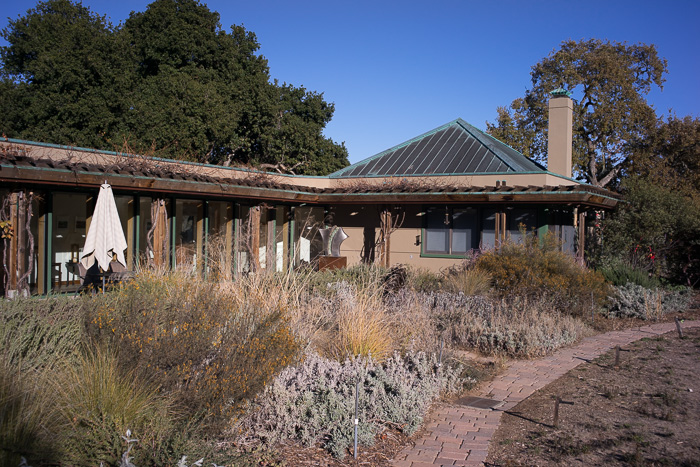
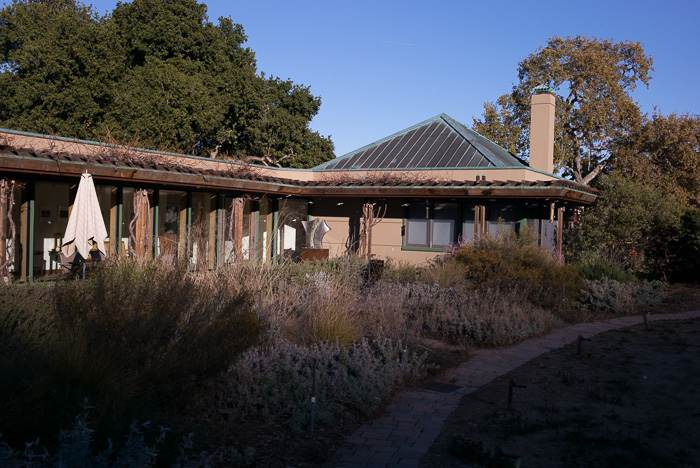
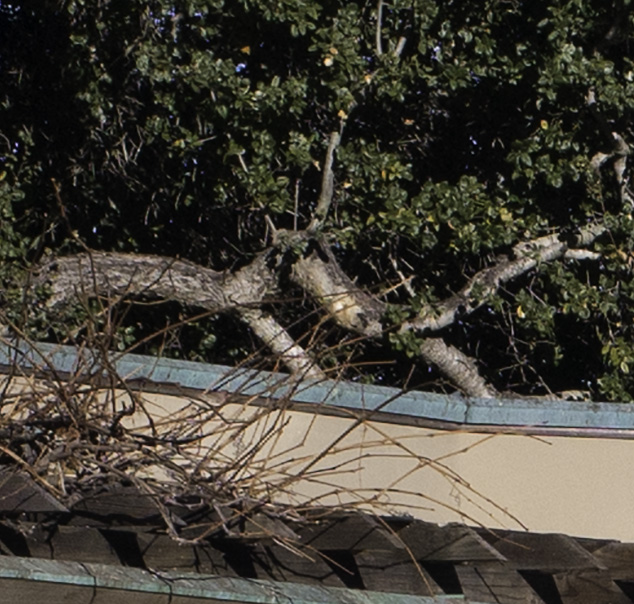
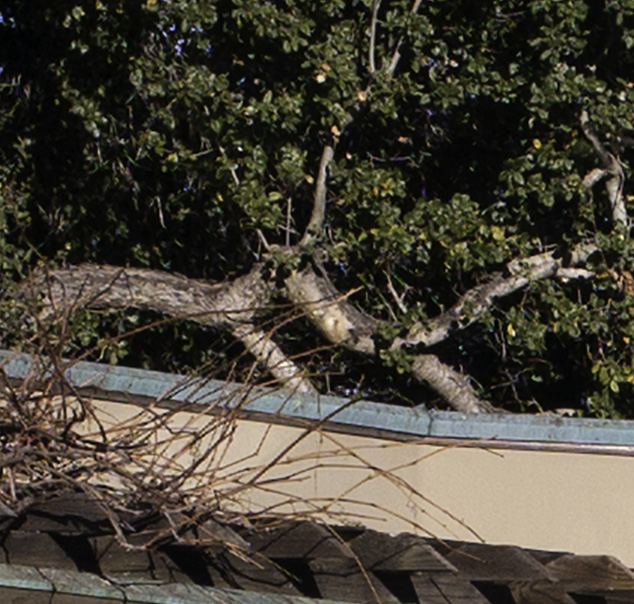
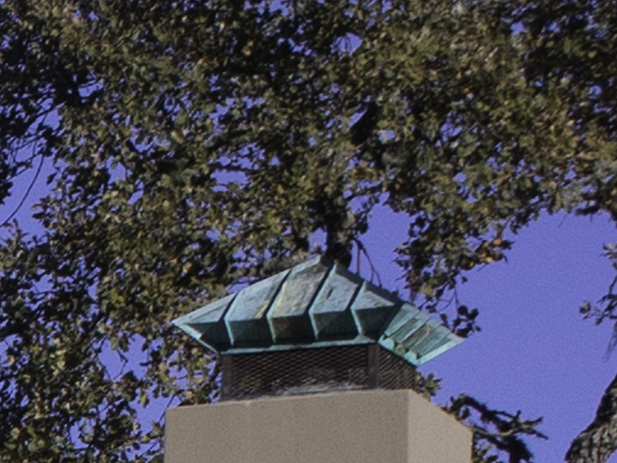
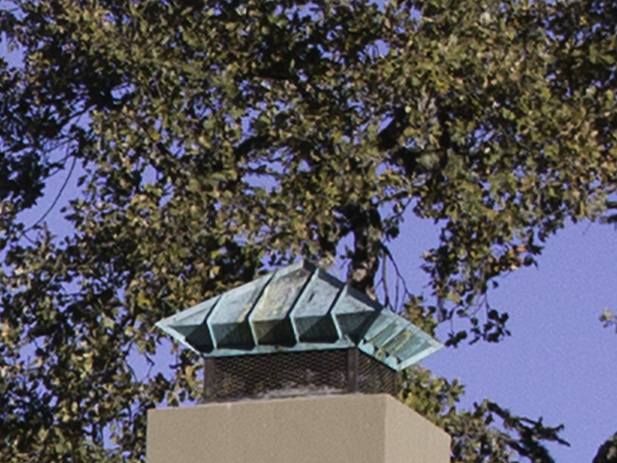
Leave a Reply